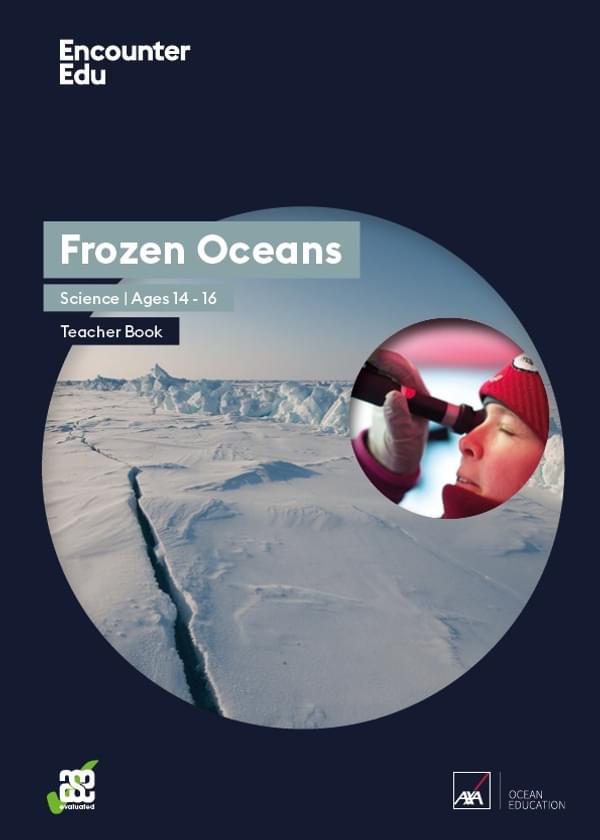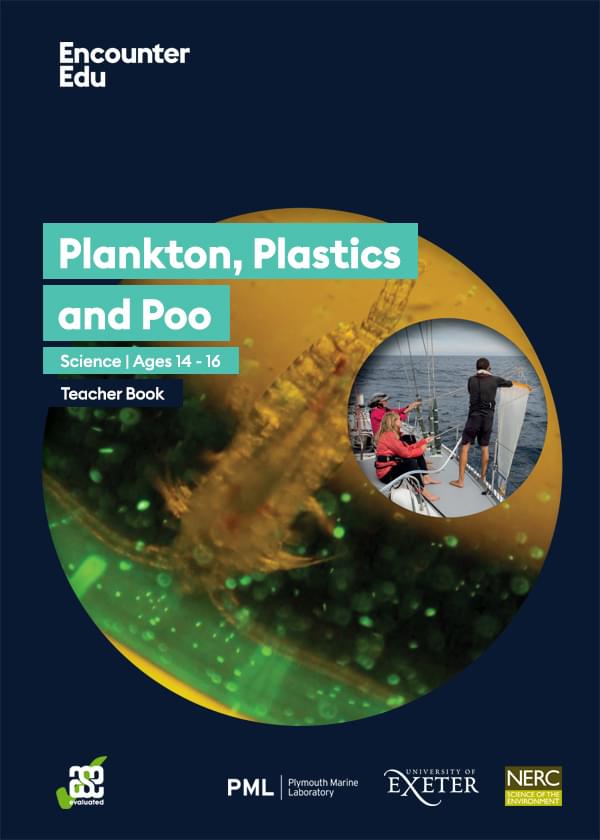Learn more: What are copepods?
The word copepod comes from two Greek words kope- oar and pod- foot. These are the oar-footed creatures and they are the most abundant animal on this planet.
There are an estimated 1,347,000,000,000,000,000,000 copepods in the world’s oceans. They would fill over 80 million Olympic swimming pools and weigh more than 16 billion double-decker buses.
If you placed them end to end, they would stretch to the moon and back 87 million times. There are nearly 200 billion more copepods than people on the planet, and even though they are small, their combined mass is over 400 times that of the human population.
At their fastest, copepods travel a hundred times faster than Usain Bolt. My little babies rock!
Not only are there a lot of them, they are also essential for the marine food chain. In any food chain there are the ‘primary producers’, life forms that take energy from the sun and turn it into carbohydrates, simple food. In the seas, this is algae, which are anything from single-celled phytoplankton to hundred foot long kelps and meadows of sea grass. This marine plant life does not generally contain the more complex carbohydrates, fats and proteins needed to sustain larger animals.
Copepods are secondary producers, gobbling algae gathered by their front three pairs of legs, and turning this into the more complex building blocks needed for larger marine life. They feed at night, avoiding their natural predators of krill, fish and baleen whales. During the day they can tail-flick as much as 500 metres down out of sight: a journey equivalent to you or I travelling from John O’Groats to Lands’ End on a daily basis, a 1,400 mile round trip.
Dr Ceri Lewis

Science | Ages 14-16
Frozen Oceans
This Frozen Oceans unit outlines the research carried out by the Catlin Arctic Surveys and can be used in teaching the carbon cycle, ocean acidification and its impact on the Arctic ecosystem.
